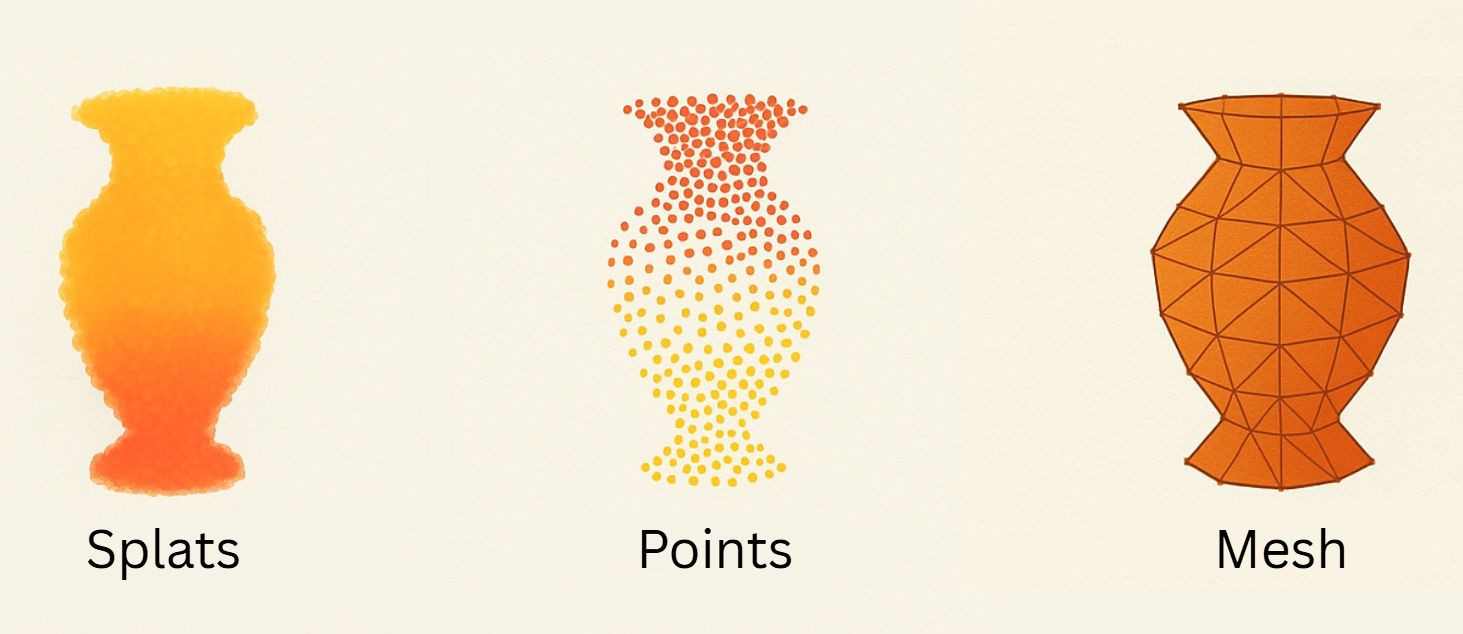https://www.learnworlds.com/how-to-create-an-online-course/
-
-
- Step 3. Understand your Audience
- Step 4. Write Down Your Learning Objectives
- Step 5. Create a Storyboard
- Step 6. Decide Where You’ll Host Your Online Course
- Step 7. Create Your Content
- Step 8. Select a Business Model
- Step 9. Create a Course Page that Converts
- Step 10. Build a Course Sales Funnel
- Step 11. Engage in Ongoing Marketing
-





